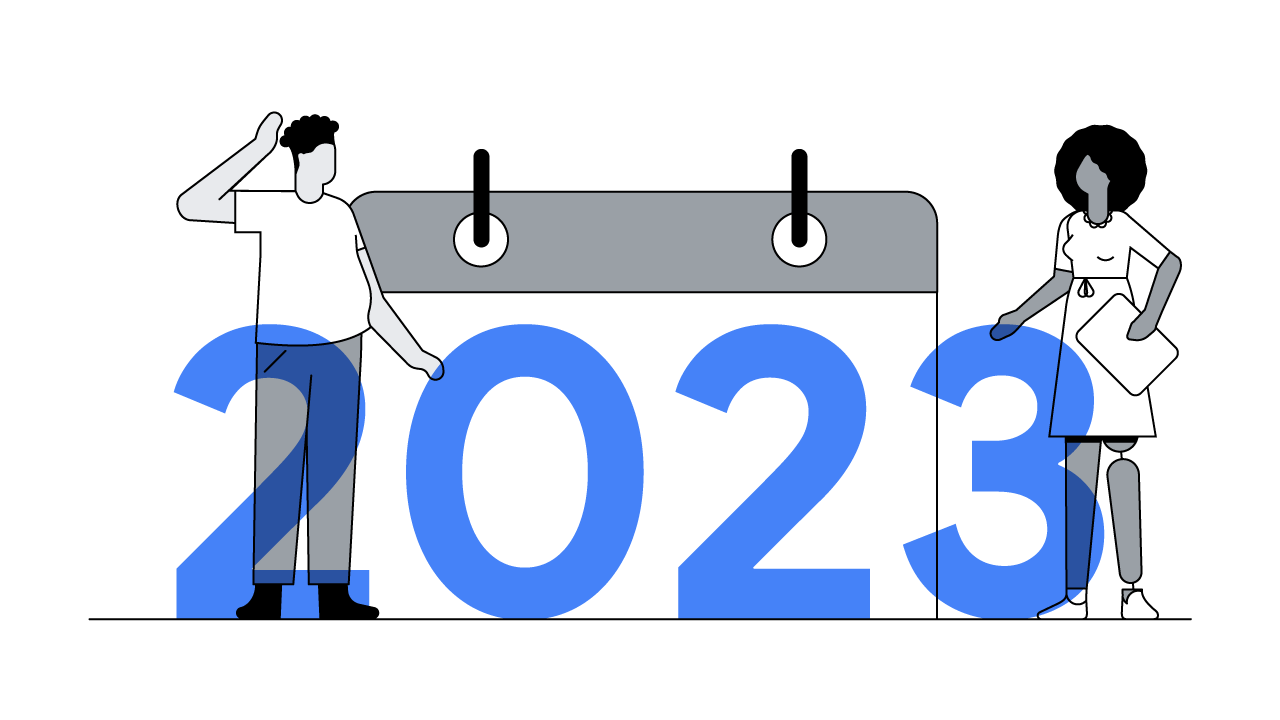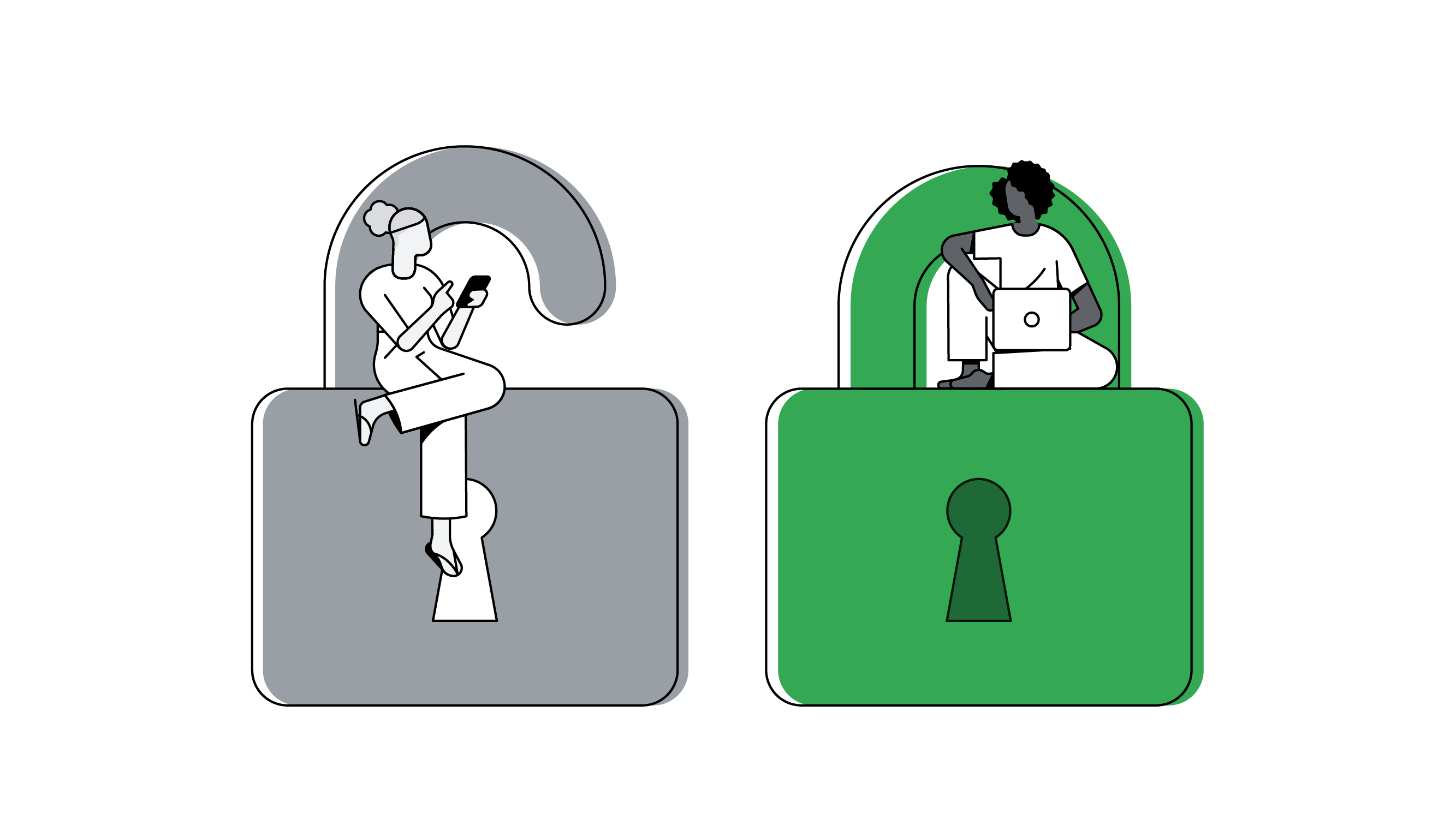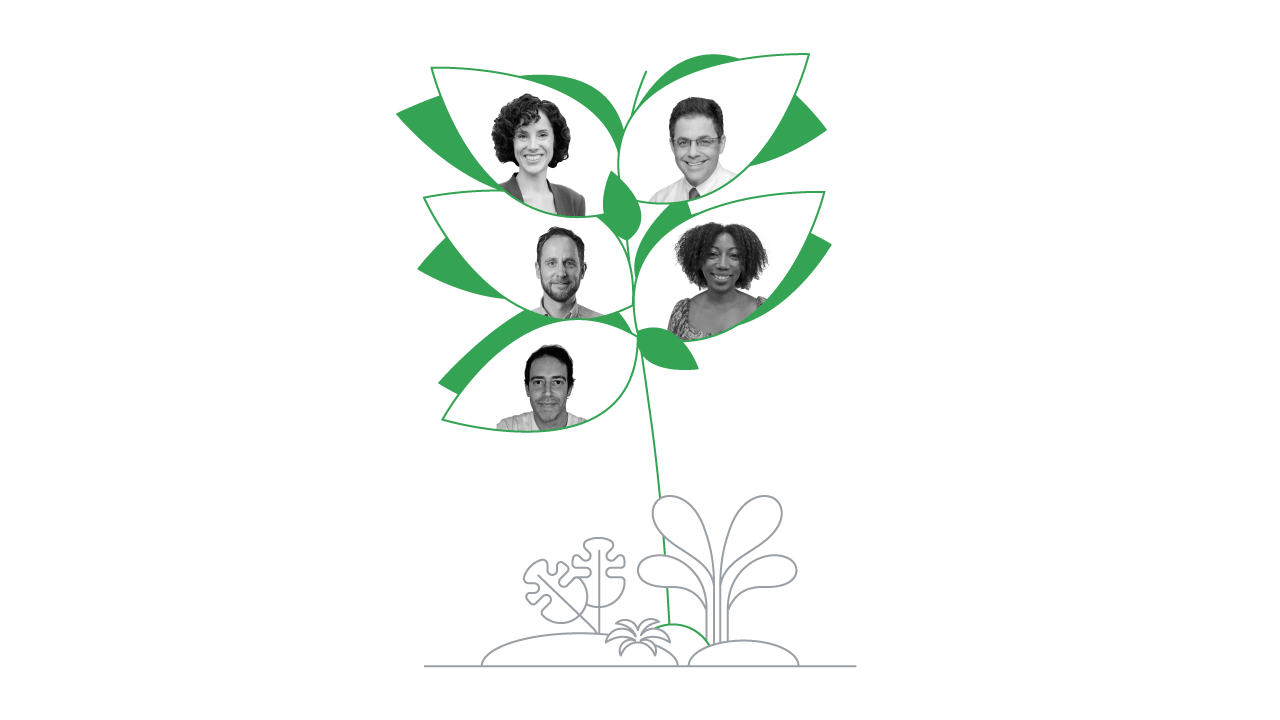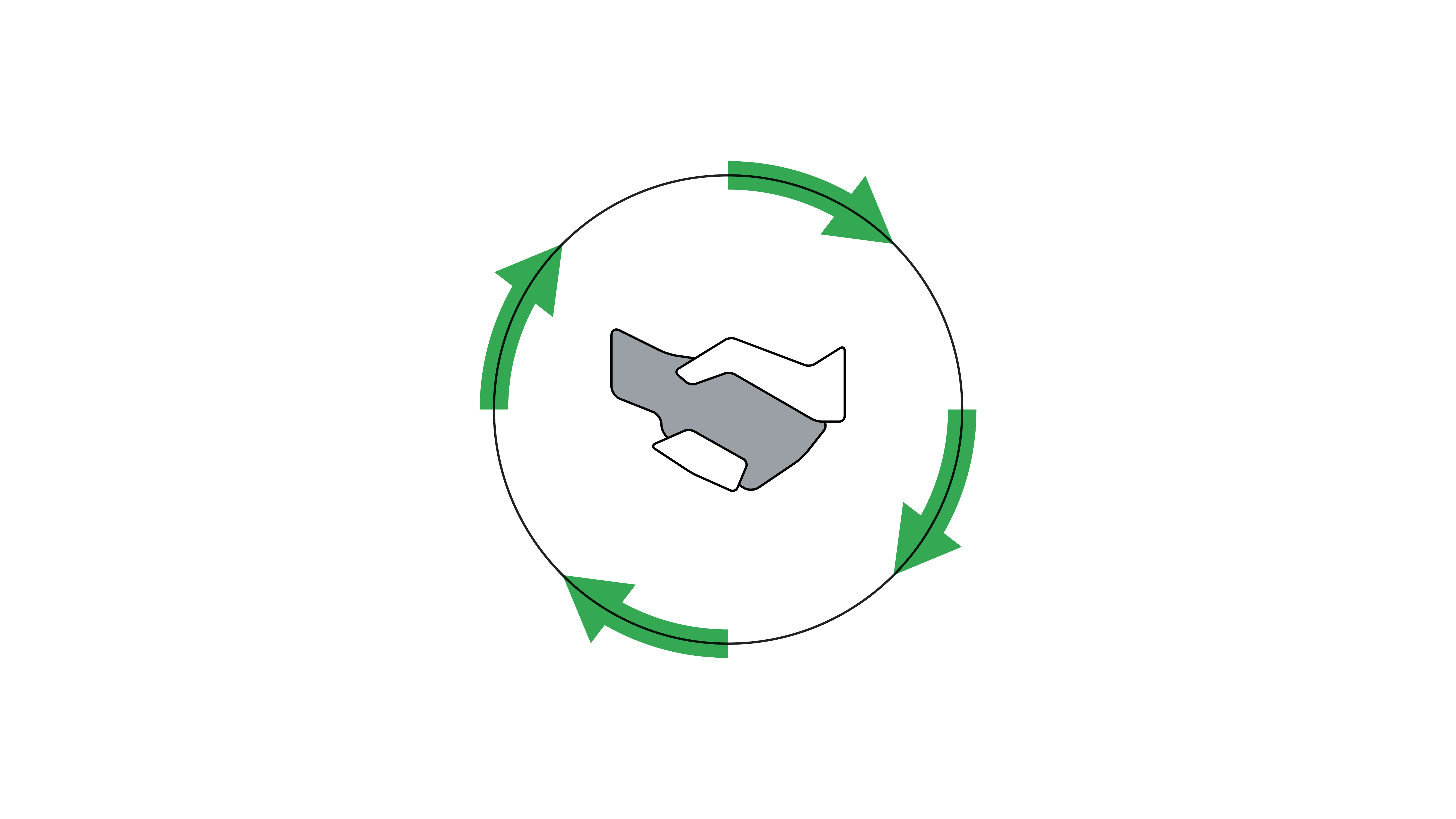The coronavirus outbreak and lockdown restrictions forced businesses around the world to adapt their core value propositions. Marketers had to quickly re-invent the rulebook to keep up — and to keep going. Here is how they adapted five new principles and ways of working.
1. Understand customer behaviour in real-time
With the lockdown policies that came into effect, consumer behaviour is shifting. This is especially relevant for e-commerce companies. As the crisis is developing, Google Trends revealed how consumer interest in fashion and apparel is declining, while ‘quarantine life’ categories such as home office equipment and sewing machines are on the rise.
Advertisers are using these trends to prioritise their marketing efforts. German online retailer OTTO quickly prioritised product categories that had increased demand due to consumers staying at home. By using Smart Bidding strategy Target ROAS bidding, OTTO steered its marketing into the prioritised category demands in the auction. Melanie Schlegel, head of paid search at OTTO, says: “We shifted our focus within the COVID-19 phase towards products that ease and improve the daily routines of our customers, while working, working-out, or relaxing at home.” They also halted their out-of-home ad campaigns, and began investing even more in digital ecommerce marketing instead.
Similarly, subscription-based language learning app Babbel identified a pattern of behaviour connected to public restrictions for each of the countries they are active in. As consumers stayed at home they had more time to focus on learning new skills, however, they preferred short-term subscriptions to the traditionally more popular annual ones. Babbel accurately predicted the significant increase in demand, adapted their messaging to the situation, and increased their reach exponentially through all paid online marketing channels. In some channels they achieved 8X more reach compared to a normal second quarter.
Consumer behaviour is changing rapidly and unpredictably amid the coronavirus pandemic. It is becoming even more important for advertisers to understand which retail categories are rising fast and adjust their offering accordingly.
2. Be fast and flexible
The pandemic saw many companies having to swiftly adapt by moving into new areas. For example, delivery platform Delivery Hero quickly pushed through changes in their apps mainly to implement contactless delivery and accelerate the roll out of delivering orders for grocery and pharmaceutical products. They introduced ‘quick commerce’ to ensure consumers received the necessary household goods in less than 15 minutes.
They established best practices to adapt messaging to the new market context, and launched YouTube campaigns focusing on groceries. Being active in over 40 markets across Europe, Asia, the Middle East, and Latin America, Delivery Hero had to deal with highly volatile and diverse market situations, including curfews. They adjusted their performance campaigns to promote next-day grocery deliveries during curfew hours when restaurants were closed. They also tailored campaigns to market context and delivery categories to ensure they showed the right creative at the right time.
Being fast and flexible is not only relevant and useful during the pandemic but also helps advertisers be more ready for any change in the future.
3. Think online, and offline too
For a while now, the gap between online and offline has been shrinking — and the lockdown certainly accelerated this trend. Even brands that traditionally generated most of their sales offline had to review their online properties.
For example, in Germany MediaMarkt rapidly switched out its Easter store visits campaign (typically done via print and out-of-home) to focus instead on driving website traffic through digital channels as it doubled down on e-commerce.
Even as lockdown is being lifted across EMEA, we expect e-commerce businesses to continue exploring how online and offline can work together. As digital channels are becoming the primary storefront, brands should focus on ways to optimise their digital assets, measure their online-to-offline effectiveness, and provide correct information on stock levels, operating hours, and more.
4. Re-imagine your business model
In a dynamic environment, advertisers must continually find ways to capture fluctuating demand and derive even more value from their spend.
To ramp up production and improve logistics to meet surging demand for delivering COVID-19 tests to the frontline workers, personal healthcare brand LetsGetChecked needed to generate extra revenue from their existing lines of health tests to reinvest back into the business. They decided to implement data-driven attribution methodology in their marketing, solely focusing on attribution based on revenue and adopting a Target ROAS strategy.
By focusing on automated Smart Bidding and uncapped budget the LetsGetChecked team was able to increase their return-on-ad-spend by 80%. Simon Dunne, CMO of LetsGetChecked, says: “The migration to Target ROAS was a game changer for us. While targeted CPA allowed us to generate transactions, Target ROAS improved average order value significantly. This change, along with other automation adoptions, has seen us beat our quarterly targets.”
Automation can be a useful tool in capturing demand in the most efficient way, not only during uncertain times but also during any period of fluctuating demand.
5. Connect with consumers and communities
Changing times provide a great opportunity to evaluate your engagement strategy and communications, and connect with your customers in new and meaningful ways.
Cosmote TV is a pay television service in Greece. The brand was well aware of the great interest of the public for the UEFA Europa League match of Olympiacos versus Wolves, especially since Cosmote TV holds the exclusive broadcast rights of UEFA Europa League for the Greek territory. To support all sports enthusiasts during these unprecedented times the television service decided to broadcast the premium match live on its YouTube channel. It gave everyone the opportunity to enjoy the game, by avoiding the crowded gatherings.
Take action now to be part of the change
All businesses and marketing teams are being impacted to varying degrees by the coronavirus and lockdown measures across the world. We are in an intense period of turbulence, and brands are quickly learning how to adapt to this new situation, and connect with their customers in innovative ways.
While these changes are sudden and decisions are often difficult to make, they aren’t entirely unexpected. The move towards understanding consumer behaviour real-time, online and offline integration, automation, more flexibility, and a refocus on community values have been bubbling away in the background for quite some time. With the global pandemic, the need for these changes is surfacing and advertisers are focusing more on implementing them at an accelerated pace.






